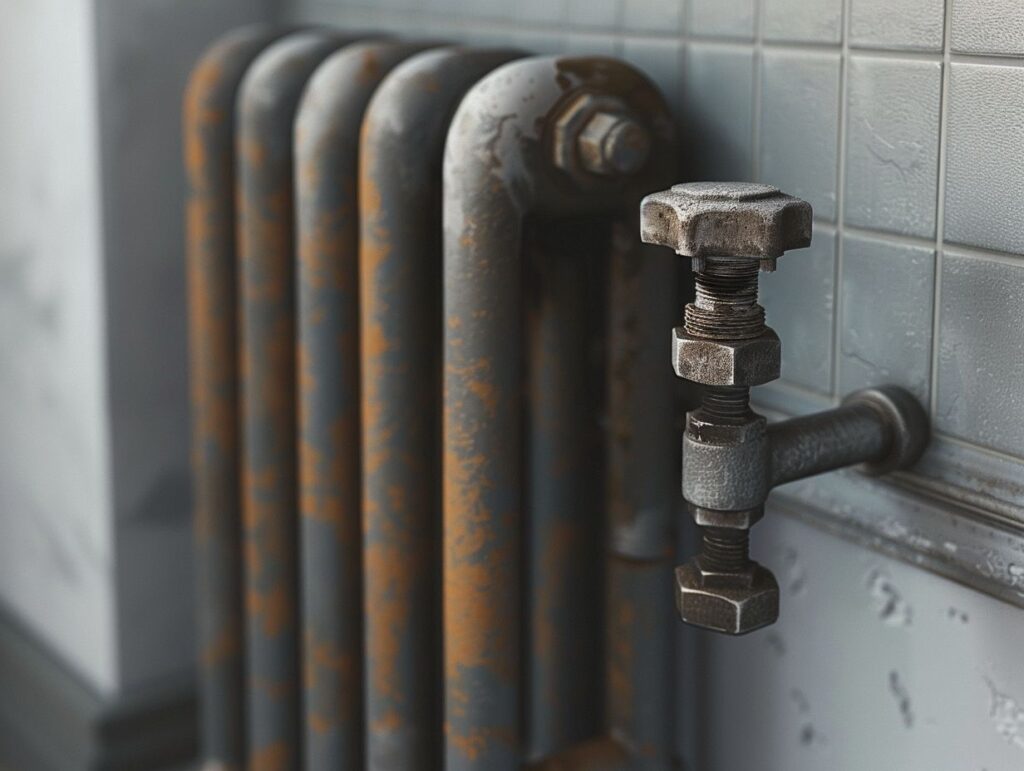If you are unsure about the optimal direction to turn your kitchen radiator valve for better heating efficiency, understanding the various types of radiator valves and the correct techniques can greatly impact your home’s heating system.
This article will cover the different types of radiator valves, the appropriate direction to turn a kitchen radiator valve (clockwise vs. anticlockwise), a detailed guide on how to do it correctly, the advantages of proper adjustment, and common mistakes to avoid.
Keep reading to enhance your heating efficiency and avoid any potential damage.
Key Takeaways:
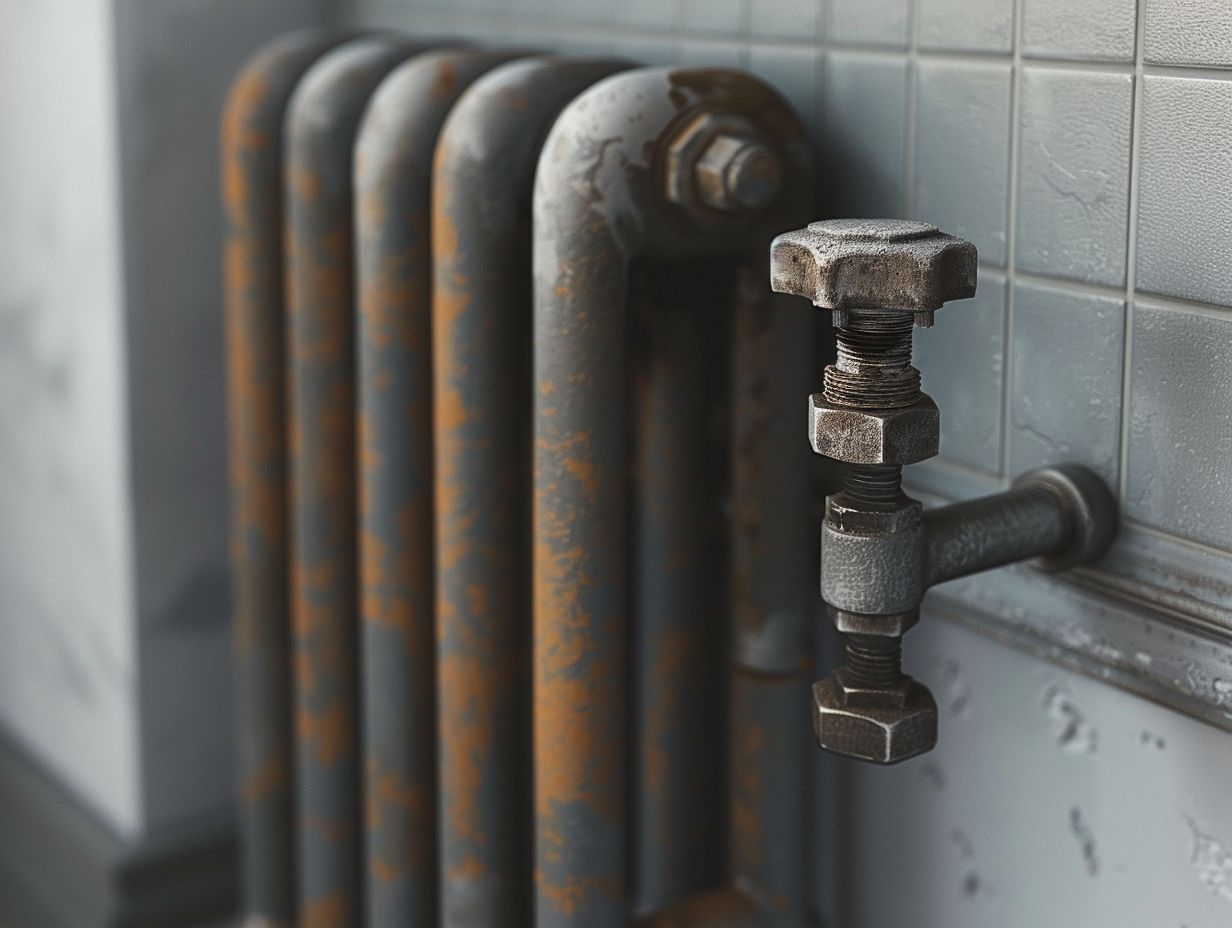
- Turning a kitchen radiator valve can improve heating efficiency and prevent damage.
- Always turn a kitchen radiator valve counterclockwise to increase heat output.
- Avoid potential consequences, such as leaks or reduced heating, by properly turning the kitchen radiator valve according to its type and direction.
Direction of Turning Kitchen Radiator Valve
Understanding the correct direction to turn your kitchen radiator valve is essential for ensuring proper operation and temperature control in your home. When you turn the radiator valve clockwise, you effectively reduce the flow of hot water into the radiator, thereby decreasing the amount of heat emitted into the room.
Conversely, turning the valve anticlockwise increases the flow of hot water, leading to more efficient heating. By being mindful of the direction in which you turn the valve, you can adjust the room’s temperature to your preference while optimising the effectiveness of the heating system.
Clockwise vs. Counterclockwise
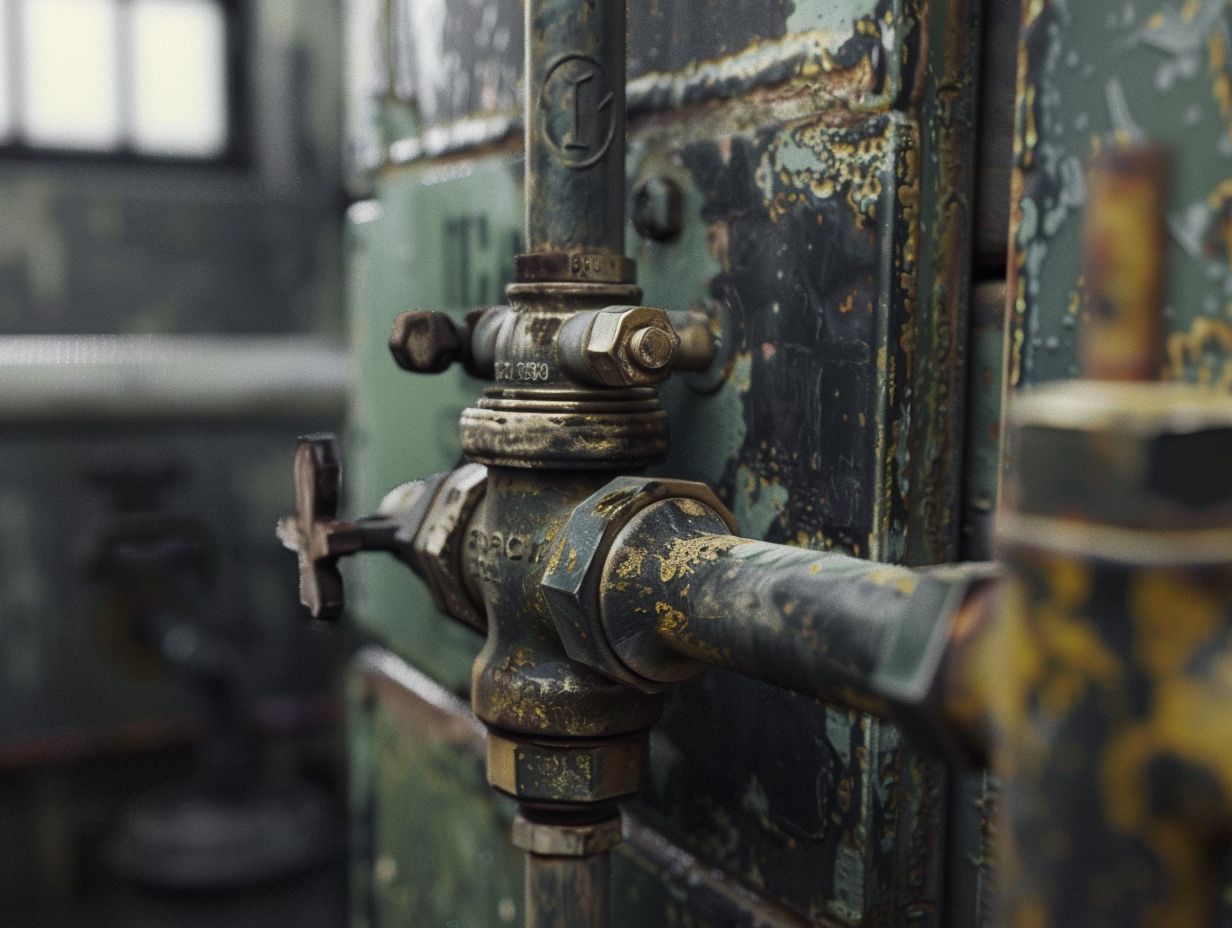
When adjusting a radiator valve, turning it clockwise usually reduces the flow of water and lowers the temperature, while an anticlockwise turn increases the flow and raises the heat output.
When you turn the radiator valve clockwise, you are essentially closing off the flow of hot water entering the radiator, resulting in less heat being emitted into the room. This can be useful if a specific area is already warm or if you want to control the temperature in a particular space.
Conversely, turning the valve anticlockwise allows more hot water to enter the radiator, increasing the amount of heat being dispersed. This can be beneficial in colder rooms or during winter months when more heat is required for comfort.
How to Properly Turn a Kitchen Radiator Valve
- To properly turn a kitchen radiator valve, you need to follow a simple step-by-step guide that ensures efficient temperature control and optimal heating performance.
- Ensure that the heating system is turned off before attempting to adjust the radiator valve. This will prevent any accidents or burns from hot water or steam.
- Next, locate the radiator valve, which is typically found at the base of the radiator.
- Use a radiator key or a spanner to grip the valve firmly.
- Slowly turn the valve in a clockwise direction to reduce the flow of hot water into the radiator, thus lowering the temperature.
- Conversely, turning the valve anticlockwise will increase the flow of hot water, raising the temperature in the room.
Step-by-Step Guide
To start, you should first identify the type of radiator valve you have, whether it is a manual or thermostatic radiator valve, before proceeding with any adjustments. If you have a manual valve, it is important to shut off the heating system before making any modifications.
Locate the thermostatic head on the thermostatic radiator valve and adjust the temperature setting accordingly. When turning a kitchen radiator valve, you should use a valve key or a spanner that fits the valve’s shape. Slowly turn the valve in the desired direction to either increase or decrease the heat output.
After completing the adjustments, remember to turn the heating system back on and test the radiator to ensure it is working properly. Always wear protective gloves when handling hot components and seek assistance from a professional if you encounter any challenges while adjusting your radiator valve.
Benefits of Properly Turning a Kitchen Radiator Valve
Properly adjusting a kitchen radiator valve offers significant benefits, including improved heating efficiency and prevention of potential damage to your heating system.
By correctly adjusting the radiator valve, you can ensure that heat is evenly distributed throughout the room, creating a comfortable living environment. This practice helps maintain consistent temperatures while also preventing overheating, thereby reducing the wear and tear on the heating system components.
Investing the time to adjust the valve correctly can lead to substantial energy savings in the long run, as the system operates with greater efficiency.
This proactive approach not only enhances comfort but also prolongs the lifespan of your heating system, ultimately saving you money on repair and replacement costs.
Improved Heating Efficiency
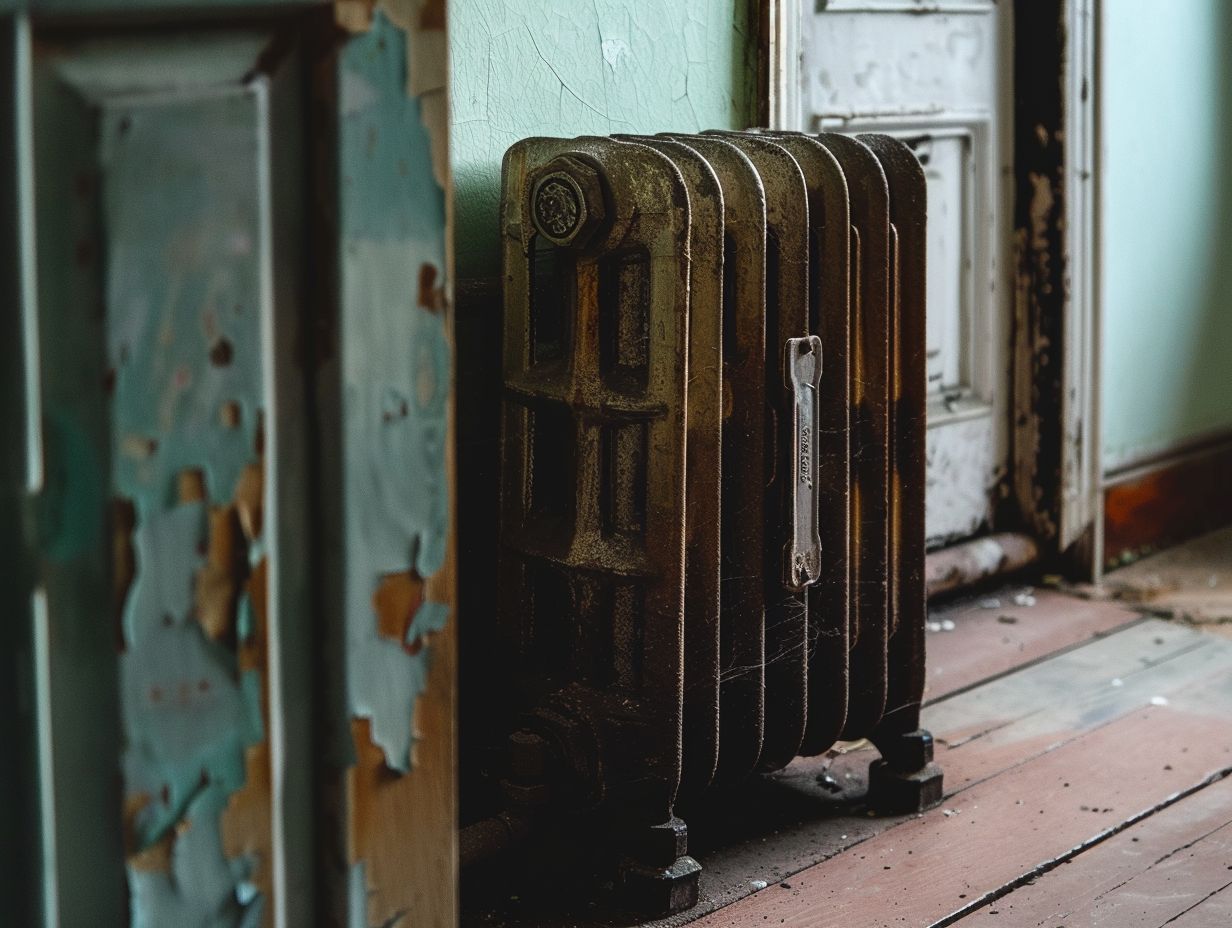
By optimising the operation of your radiator valves, you can enhance the overall heating efficiency of your system, ensuring that each room reaches the desired temperature effectively.
To maximise the heating performance, you should begin by adjusting the valves to balance the heat distribution in your home. By reducing the valves in rooms that are already warm, you allow more heat to flow to colder areas, resulting in a more uniform temperature throughout the house.
It is essential to regularly bleed your radiators to eliminate trapped air, ensuring they operate efficiently. Additionally, you may want to consider installing thermostatic radiator valves (TRVs) for individual room control. This allows you to customise the heating output according to specific requirements and minimise energy wastage.
Prevention of Damage
Properly turning the kitchen radiator valve helps prevent potential damage to the system, such as leaks or pressure issues, which can lead to costly repairs and energy wastage. Regularly checking and adjusting valves in a heating system is crucial in maintaining its efficiency and effectiveness.
By ensuring that valves are properly adjusted, you can avoid sudden emergencies and breakdowns that may disrupt your daily activities. Proactive maintenance through valve control not only helps in preventing leaks and pressure fluctuations but also extends the overall lifespan of the heating system.
It is essential to understand the significance of correct valve adjustments as a part of routine maintenance to ensure smooth operation and optimal performance of your heating system.
Common Mistakes to Avoid
Avoiding common mistakes when turning radiator valves is essential to prevent potential consequences such as reduced heating efficiency and system malfunctions.
One common error that homeowners often make is overtightening the radiator valve. This can lead to leaks, damaged valves, or even complete system breakdowns. Improper handling, such as using tools that are too large or applying excessive force, can also cause damage.
Neglecting maintenance tasks like regular cleaning and lubrication can result in valves becoming stuck or difficult to operate. To avoid these mistakes, it is important to turn the valve gently to avoid overtightening, use the correct size tool, and schedule routine maintenance to keep the valves functioning smoothly.
Potential Consequences of Incorrect Turning
Improperly turning a radiator valve can disrupt the flow of the heating system, leading to uneven distribution of heat, airlocks, and potential damage to radiators or pipes.
Reduced efficiency in heating is a common consequence when radiator valves are adjusted incorrectly, as the desired temperature regulation may not be achieved effectively.
Additionally, airlocks may form, impeding the circulation of hot water and causing localised cold spots in radiators. The likelihood of damaging system components like valves, pipes, and radiators rises if valves are turned incorrectly.
To address these issues, it is crucial to pinpoint the affected radiators, bleed air from the system to release any airlocks, and ensure that all valves are adjusted in the proper direction to optimise heating performance.
Frequently Asked Questions
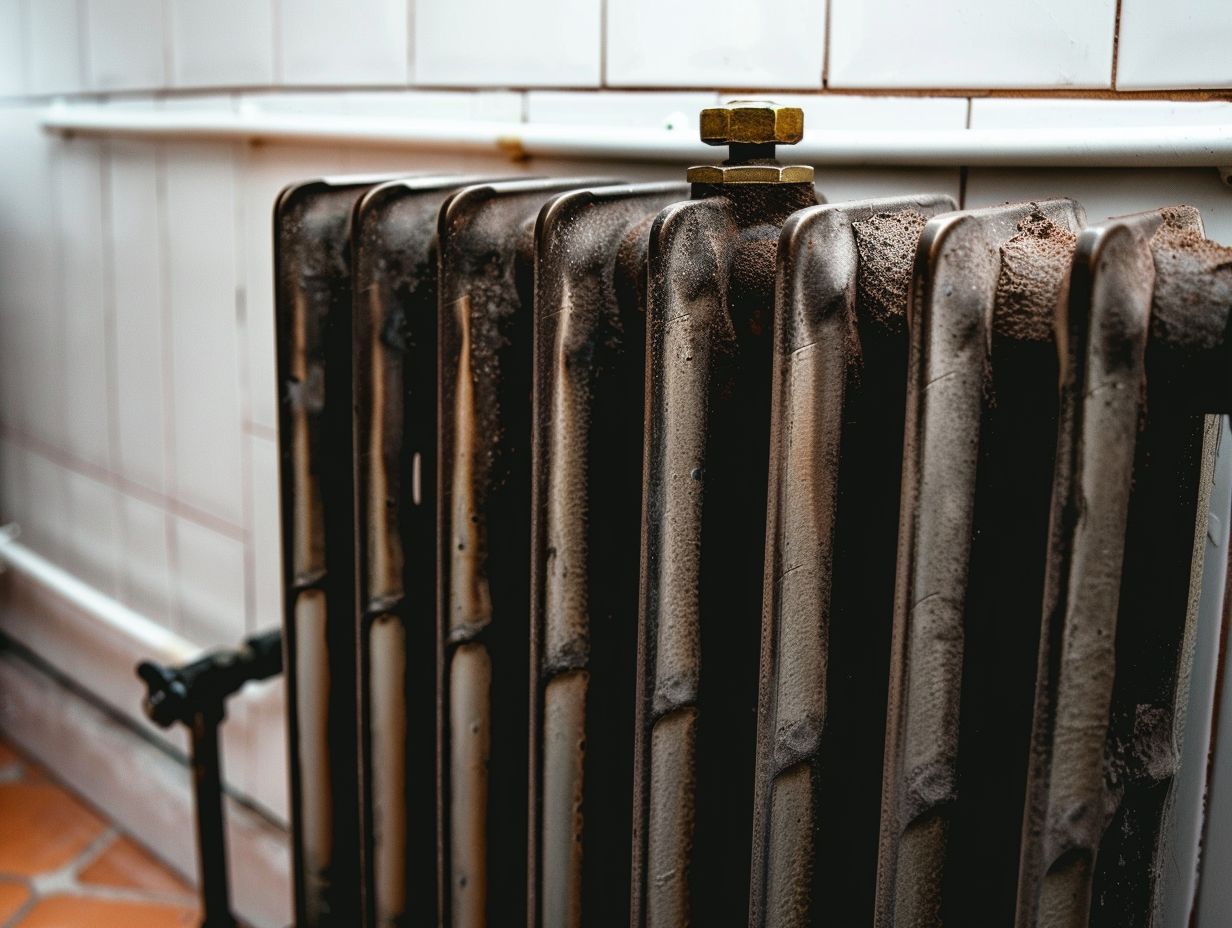
1. Which Way Do You Turn a Kitchen Radiator Valve to Turn It On?
To turn on a kitchen radiator valve, you need to turn it clockwise. This will open the valve and allow hot water to flow into the radiator, heating up the room.
2. Which Way Do You Turn a Kitchen Radiator Valve to Turn It Off?
To turn off a kitchen radiator valve, you need to turn it counterclockwise. This will close the valve and stop the flow of hot water into the radiator, cooling down the room.
3. Can You Turn a Kitchen Radiator Valve in Either Direction?
Yes, you can turn a kitchen radiator valve in either direction. However, it is important to turn it in the correct direction for it to function properly. Turning it the wrong way can cause damage to the valve or the radiator.
4. What Happens If You Turn a Kitchen Radiator Valve the Wrong Way?
If you turn a kitchen radiator valve the wrong way, you may damage the valve or the radiator. It is important to make sure you are turning the valve in the correct direction to avoid any potential problems.
5. How Do You Know Which Way to Turn a Kitchen Radiator Valve?
The easiest way to know which way to turn a kitchen radiator valve is to look for the arrow or indicator on the valve itself. This will show you which way to turn the valve to either open or close it.
6. Can You Turn a Kitchen Radiator Valve While the Radiator is Still Hot?
It is not recommended to turn a kitchen radiator valve while the radiator is still hot. This can be dangerous and potentially cause burns. It is best to wait until the radiator has cooled down before adjusting the valve.

